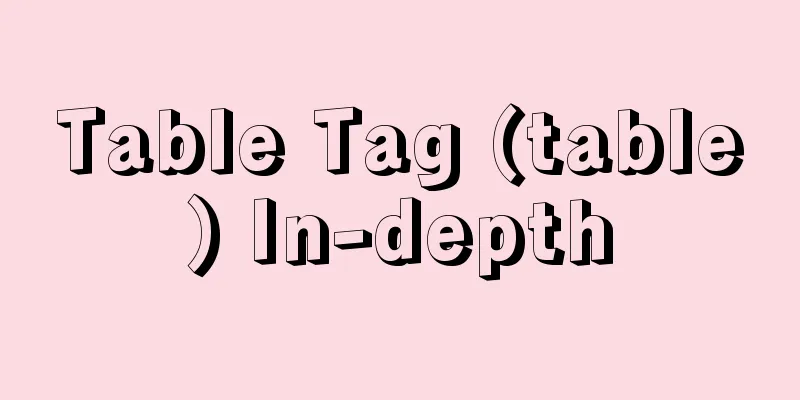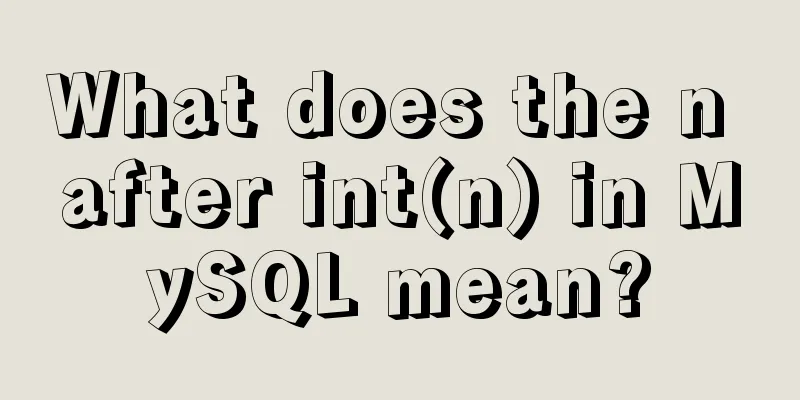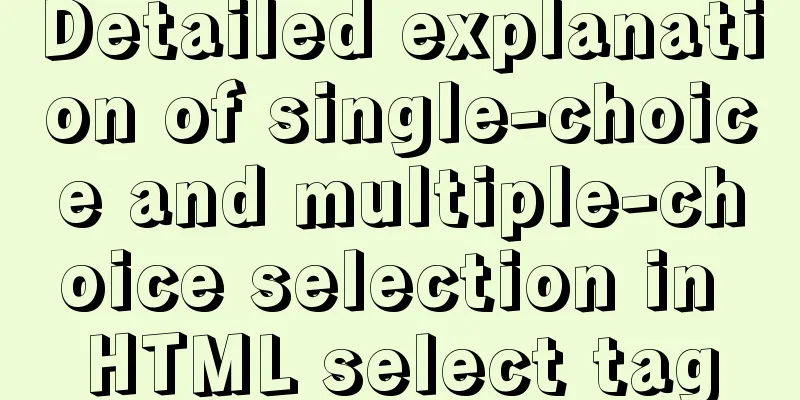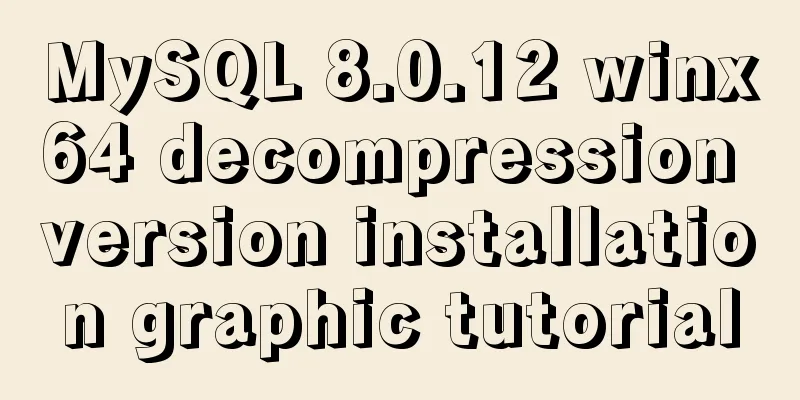Table Tag (table) In-depth

|
<br />Table is a tag that has been used by everyone for a long time, and it is still in use today. However, due to the current website reconstruction, it is recommended that you do not use tables for layout. Many friends mistakenly believe that using tables is so-called non-standard. In fact, it is not. Table is an important element. Not long ago, I was looking for the main tags contained in the table. Of course, I wanted to share it with you. The table tags mainly include table, caption, th, tr, td, thead, tfoot, tbody, col, colgroup . The introduction of each is as follows: <table> The table tag defines a table. Inside the <table> tag, you can place table headers, table rows, table columns, table cells, and other table content. <caption> The caption element defines a table title. The caption tag must come right after the table tag. You can define only one header per table. Typically this title will be centered above the table. <th> Defines the header cells within a table. Text inside this th element is usually rendered in bold. <tr> Defines a row in a table. <td> Defines a cell in a table. <thead> Defines the table header. The thead, tfoot, and tbody elements give you the ability to group rows in a table. When you create a table, you probably want to have a header row, some rows with data, and a total row at the bottom. This division enables browsers to support scrolling of the table body independently of the table header and footer. When long forms are printed, the table header and footer may be printed on each page that contains the table data. <tbody> Defines a table body (text). Using the <tbody> tag, you can divide a table into a separate section. The <tbody> tag can group one or more rows in a table. Although you may be tempted to include one, or even two, or more <tbody> tags within a table, we recommend that you have no <tbody> tags within a table. Within the <tbody> tag, only the <tr> tag can define table rows. And once defined, a <tbody> tag is an independent part of the table. For example, you cannot span from one <tbody> to another <tbody>. The thead, tfoot, and tbody elements give you the ability to group rows in a table. When you create a table, you probably want to have a header row, some rows with data, and a total row at the bottom. This division enables browsers to support scrolling of the table body independently of the table header and footer. When long forms are printed, the table header and footer may be printed on each page that contains the table data. <tfoot> Defines the table's footer (footnote). The thead, tfoot, and tbody elements give you the ability to group rows in a table. When you create a table, you probably want to have a header row, some rows with data, and a total row at the bottom. This division enables browsers to support scrolling of the table body independently of the table header and footer. When long forms are printed, the table header and footer may be printed on each page that contains the table data. <col> Defines the value of a property for one or more columns in a table. You can use this attribute only in a table or colgroup. <colgroup> Defines grouping of table columns. This element allows you to group columns for formatting purposes. This element is only valid inside a <table> tag. There are two ways to use the <colgroup> tag: one is to simply define several identical columns, and the other is to group several different columns together. PS: The above content is all from w3school, because w3school has marked the copyright in the copyright information and reserves all rights. Then I won’t repost or edit it. I’ll just take a paragraph and you can click to directly view the detailed introduction of a tag. See also the introduction to tables. |
<<: How to remotely connect to MySQL database with Navicat Premium
>>: Deleting two images with the same id in docker
Recommend
Common date comparison and calculation functions in MySQL
Implementation of time comparison in MySql unix_t...
vmware workstation12 installation centos prompts VMware Player and Device/Credential Guard are incompatible, reasons and solutions
In the latest version of WIN10, Microsoft introdu...
Explanation of factors affecting database performance in MySQL
A story about database performance During the int...
Linux sftp command usage
Concept of SFTP sftp is the abbreviation of Secur...
The grid is your layout plan for the page
<br /> English original: http://desktoppub.a...
Detailed explanation of the difference between docker-compose ports and expose
There are two ways to expose container ports in d...
Network management and network isolation implementation of Docker containers
1. Docker network management 1. Docker container ...
Is your website suitable for IE8?
During the Olympic Games, IE 8 Beta 2 will be rele...
MySQL uses SQL statements to modify table names
In MySQL, you can use the SQL statement rename ta...
Implementation of mysql8.0.11 data directory migration
The default storage directory of mysql is /var/li...
MySQL exposes Riddle vulnerability that can cause username and password leakage
The Riddle vulnerability targeting MySQL versions...
Vue.js Textbox with Dropdown component
A Textbox with Dropdown allows users to select an...
Detailed tutorial on compiling and installing MySQL 5.7.24 on CentOS7
Table of contents Install Dependencies Install bo...
View the port number occupied by the process in Linux
For Linux system administrators, it is crucial to...
Complete code for implementing the vue backtop component
Effect: Code: <template> <div class=&quo...









